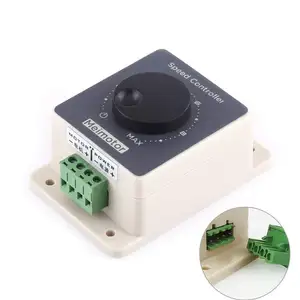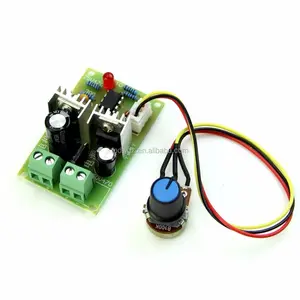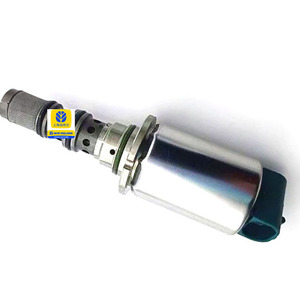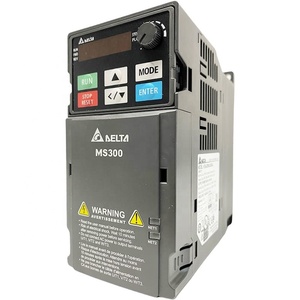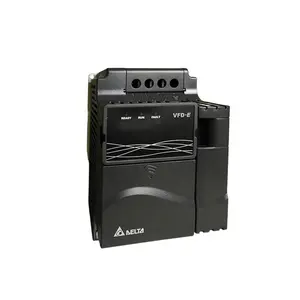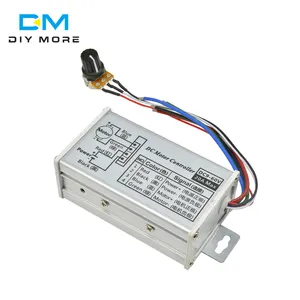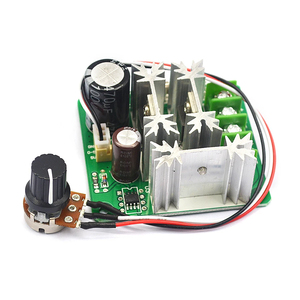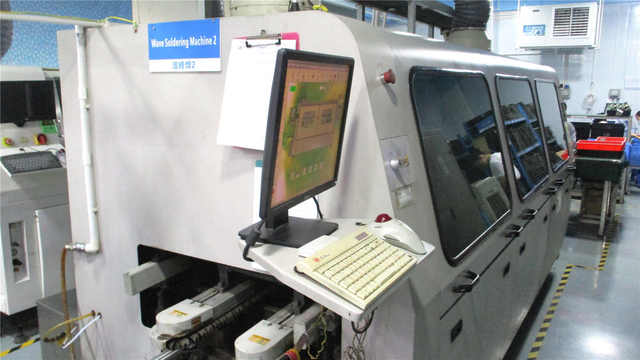Pulse Width Modulation





 1/3
1/3




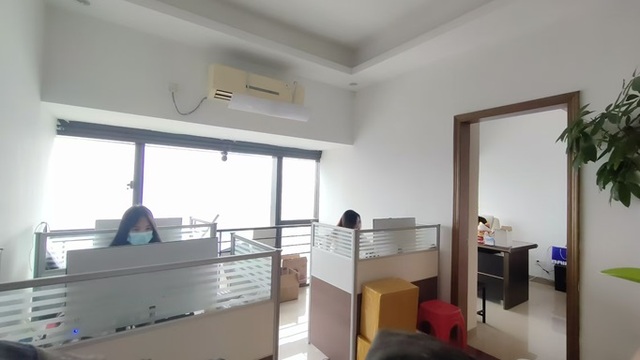

 1/2
1/2



 1/3
1/3







 1/35
1/35


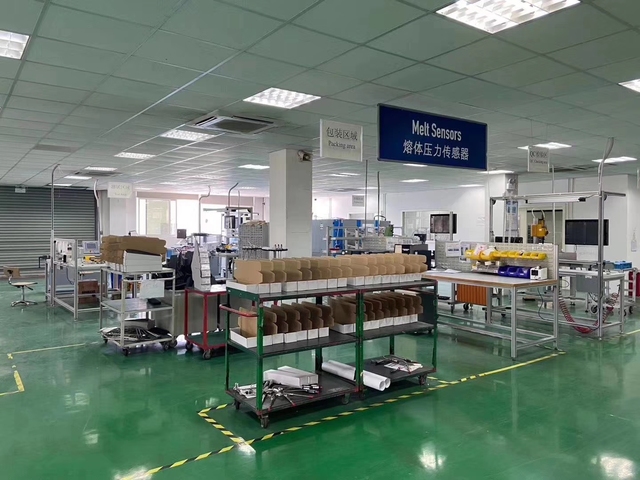

 1/3
1/3





 1/3
1/3




 1/3
1/3


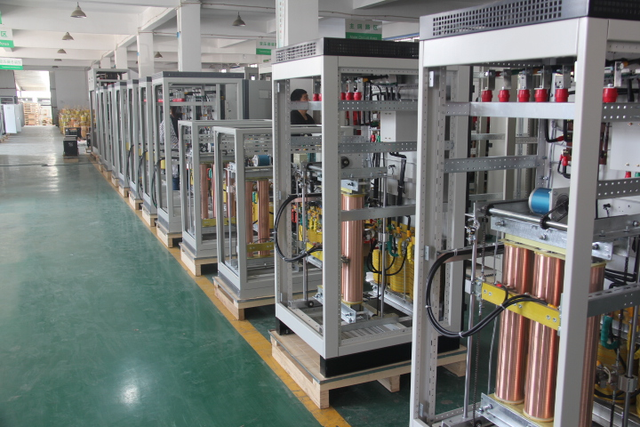

 1/3
1/3





 1/3
1/3


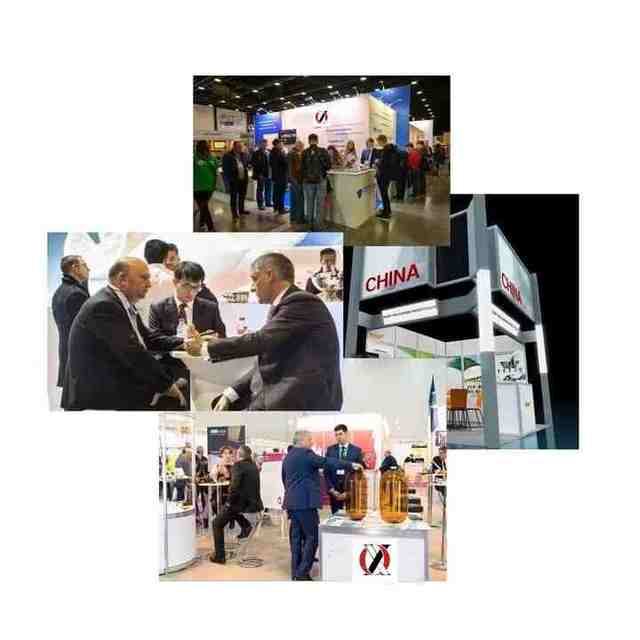

 1/2
1/2






 1/13
1/13




 1/3
1/3







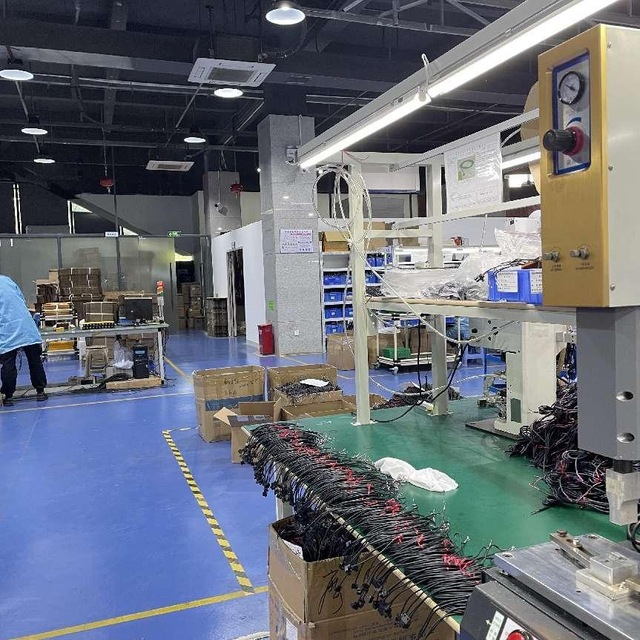

 1/3
1/3




 1/3
1/3







 1/22
1/22



 0
0



 1/1
1/1






 1/6
1/6




 1/3
1/3
About pulse width modulation
Where to Find Pulse Width Modulation Suppliers?
China remains a central hub for pulse width modulation (PWM) technology manufacturing, with key suppliers concentrated in Shenzhen and Guangdong—regions known for their advanced electronics ecosystems. These industrial clusters host vertically integrated supply chains, enabling rapid prototyping and efficient component sourcing for PWM controllers, driver ICs, and motor control modules. Shenzhen alone accounts for over 40% of China’s electronic control module exports, supported by mature infrastructure in semiconductor packaging, PCB assembly, and automated testing.
The region's specialization allows for cost efficiencies through localized production networks—where IC fabrication, surface-mount technology (SMT), and final assembly occur within close proximity. This integration reduces lead times to 15–25 days for standard orders and supports flexible batch sizing, from prototypes to high-volume runs. Buyers benefit from access to specialized talent pools, compliance-tested designs, and streamlined logistics via Hong Kong and Shekou ports, facilitating global distribution.
How to Choose Pulse Width Modulation Suppliers?
Selecting reliable PWM suppliers requires systematic evaluation across technical, operational, and transactional dimensions:
Technical Compliance
Verify adherence to international standards such as RoHS and ISO 9001, particularly for applications in industrial automation, automotive systems, or medical devices. Demand documentation on signal accuracy (frequency stability, duty cycle resolution), thermal performance, and EMI/EMC characteristics. For motor control or power regulation products, confirm compatibility with common microcontrollers (e.g., PWM input range: 1–30 kHz).
Production Capability Audits
Assess core manufacturing competencies:
- In-house SMT lines with reflow soldering and AOI inspection for consistent board-level assembly
- Automated functional testing for PWM output precision under variable load conditions
- Capacity to support both discrete IC-based solutions (e.g., NE555, TLC5947) and embedded programmable modules
Cross-reference supplier claims with on-time delivery rates (target ≥97%) and minimum order flexibility to validate scalability.
Transaction Safeguards
Utilize secure payment mechanisms such as escrow services for initial transactions. Prioritize suppliers with transparent revenue histories and verified response times (≤2 hours preferred). Conduct sample testing to benchmark performance against datasheet specifications—particularly for adjustable frequency range, voltage tolerance, and thermal shutdown behavior—before scaling procurement.
What Are the Best Pulse Width Modulation Suppliers?
| Company Name | Main Products | Online Revenue | On-Time Delivery | Response Time | Reorder Rate | Min. Order Flexibility | Customization Options |
|---|---|---|---|---|---|---|---|
| Shenzhen Dongxinda Technology Development Co., Ltd. | ICs, Power Relays, Electronic Components | US $30,000+ | 100% | ≤1h | <15% | 1 piece | Limited |
| Shenzhen Mingdewei Electronics Limited | DC Motor Controllers, PWM Modules | US $130,000+ | 99% | ≤2h | 18% | 10 pieces | Limited |
| Guangzhou Kate Machinery Parts Co., Ltd. | Machinery Components, PWM Devices | US $30,000+ | 97% | ≤5h | 50% | 1 piece | Limited |
| Guangdong Sanyu Electronic Technology Co., Ltd. | Intelligent PWM Controllers | US $4,000+ | 100% | ≤1h | <15% | 100 pieces | Color, size, logo, packaging |
| Chengdu Seren Equipment Co., Ltd. | Variable Frequency Drivers, Inverters | US $170,000+ | 100% | ≤4h | 39% | 1 piece | Limited |
Performance Analysis
High-revenue suppliers like Chengdu Seren and Shenzhen Mingdewei specialize in industrial-grade PWM inverters and motor drives, offering robust technical backing for large-scale deployments. Chengdu Seren stands out with 100% on-time delivery and deep expertise in variable frequency technology, suitable for OEM integrations requiring certified components. Shenzhen Dongxinda provides strong responsiveness (≤1h) and low MOQs, ideal for R&D sampling and small-batch prototyping. Guangdong Sanyu offers customization in labeling and packaging, beneficial for private-label buyers, though its lower online volume suggests niche market positioning. Guangzhou Kate exhibits a notably high reorder rate (50%), indicating customer satisfaction despite slower response cycles.
FAQs
How to verify pulse width modulation supplier reliability?
Cross-check quality assurance claims with verifiable metrics: on-time delivery performance, response time consistency, and product-specific certifications. Request test reports for PWM signal integrity, thermal management, and long-duration operational stability. Analyze buyer feedback focusing on post-purchase technical support and defect resolution timelines.
What is the typical sampling timeline for PWM modules?
Standard samples are typically shipped within 3–7 days. Complex or customized units may require 10–15 days for configuration and validation. Air freight adds 5–8 days for international delivery. Confirm whether sample fees are refundable against future bulk orders.
Can PWM suppliers accommodate custom design requests?
Yes, select suppliers offer layout modifications, firmware tuning, or enclosure adjustments. Providers like Guangdong Sanyu support branding and packaging customization. For full redesigns (e.g., multi-channel synchronization, analog-to-PWM conversion), confirm in-house engineering capabilities and request proof of prior project experience.
What are common MOQ and pricing structures?
MOQs range from 1 piece (prototyping) to 1,000 pieces (cost-optimized batches). Unit prices vary significantly—from $0.10 for basic NE555-based modules to $550 for industrial inverters. Volume discounts typically begin at 100 units. Negotiate tiered pricing based on projected annual demand.
How do logistics and export terms affect procurement?
Most suppliers offer FOB Shenzhen or Guangzhou. Sea freight is economical for container loads (>500 kg); air courier services (DHL, FedEx) suit urgent, low-volume shipments. Confirm inclusion of export documentation (commercial invoice, packing list) and compliance with destination electrical safety regulations (e.g., FCC, CE).







